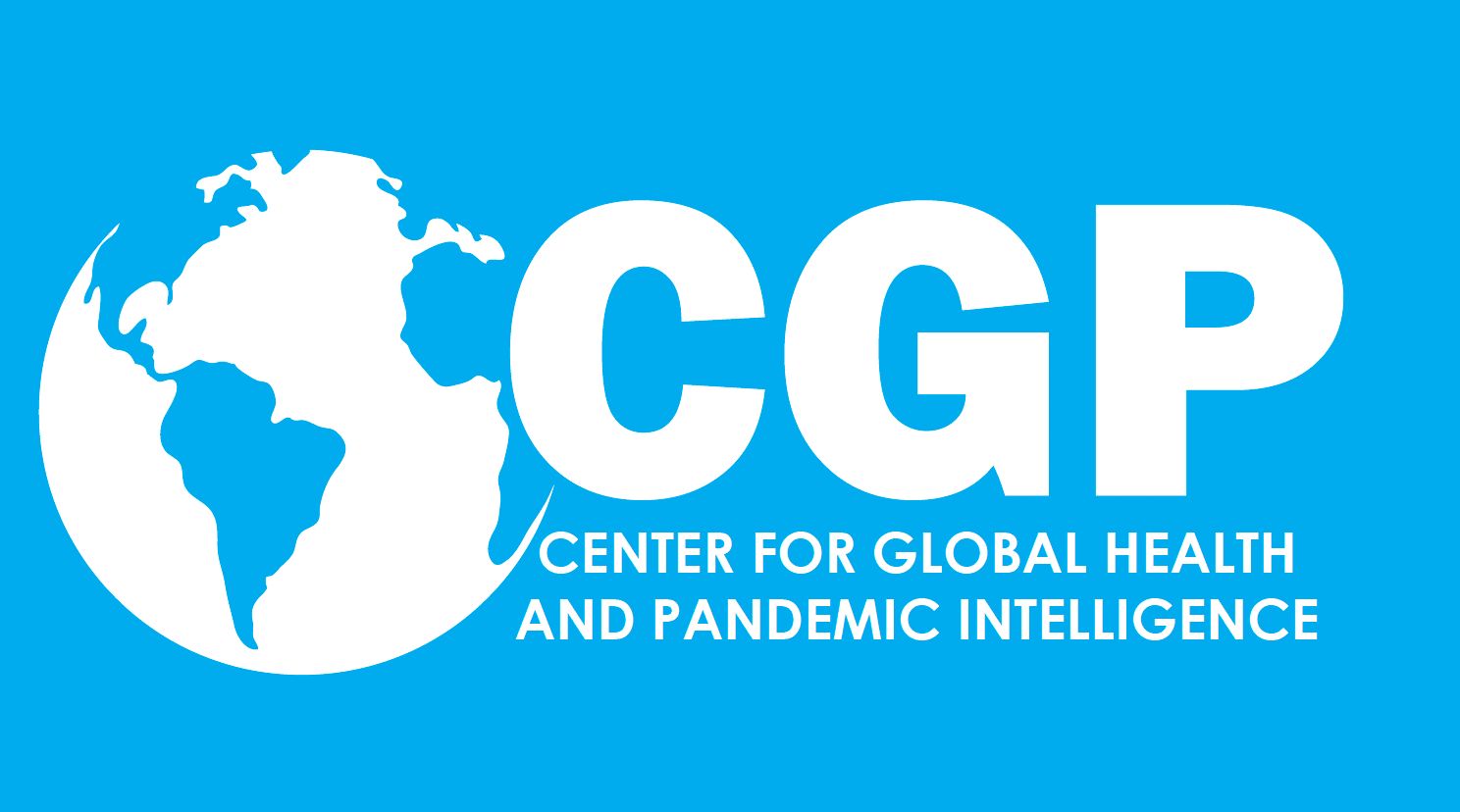Pandemic Fund Leadership: Driving proposal development for Kenya’s national, multicountry, and regional pandemic financing.7-1-7 Readiness Program: Accelerating detection-to-response cycles. AI Surveillance: Forecasting outbreaks with machine learning. –Digital One Health Pilots: Linking field data to rapid alerts. – Simulation Readiness: Enhancing national and subnational preparedness.
- Pandemic Preparedness : Coordinated development of National, Multi-country and Regional proposals to the Pandemic Fund (2023–2025), Requested Funding : $145 Million
- 7‑1‑7 Readiness Initiative: Facilitated the Intra-Action Review (EAR) of Cholera Outbreak in Migori and Intra-Action Review of Kenya’s Mpox outbreak (2024) using 7-1-7 targets, Reduced detection-to-response time by 30% in 4 counties in Kenya.
- Emergency Guidelines: Supported development of the Marburg Preparedness and 72-Hour Response Plans, Mpox Response Plans for Kenya (2024)
- Workforce Capacity Readiness: Review of Kenya’s Public Health Emergency Management (PHEM) curriculum; Capacity building and Knowledge exchange through FELTP and ISAVET programmes
- Internationa Health Regulations MEF (IHR 2005) :
- Supporting MOH and KNPHI in Conducting Joint External Evaluation (JEE 2024), States Parties Self-Assessment Annual Report (SPAR)
- Development of the National Action Plan for Health Security (NAPHS 2.0 -2025)
- Simulation Exercises : Rift Valley fever, Ebola and COHESION -One Health Cross-Border Simulation (Kenya, Somalia, Ethiopia)
- Precision Public Health: Supporting KNPHI on Standardized Decision-Making Tool for Public Health Emergencies in Kenya (2025)
- Event-Based Surveillance (EBS): Training health workers and communities, integrating CBS, deploying digital tools for real-time alerts, and enhancing multisectoral collaboration through alignment with IDSR and 7-1-7 targets
